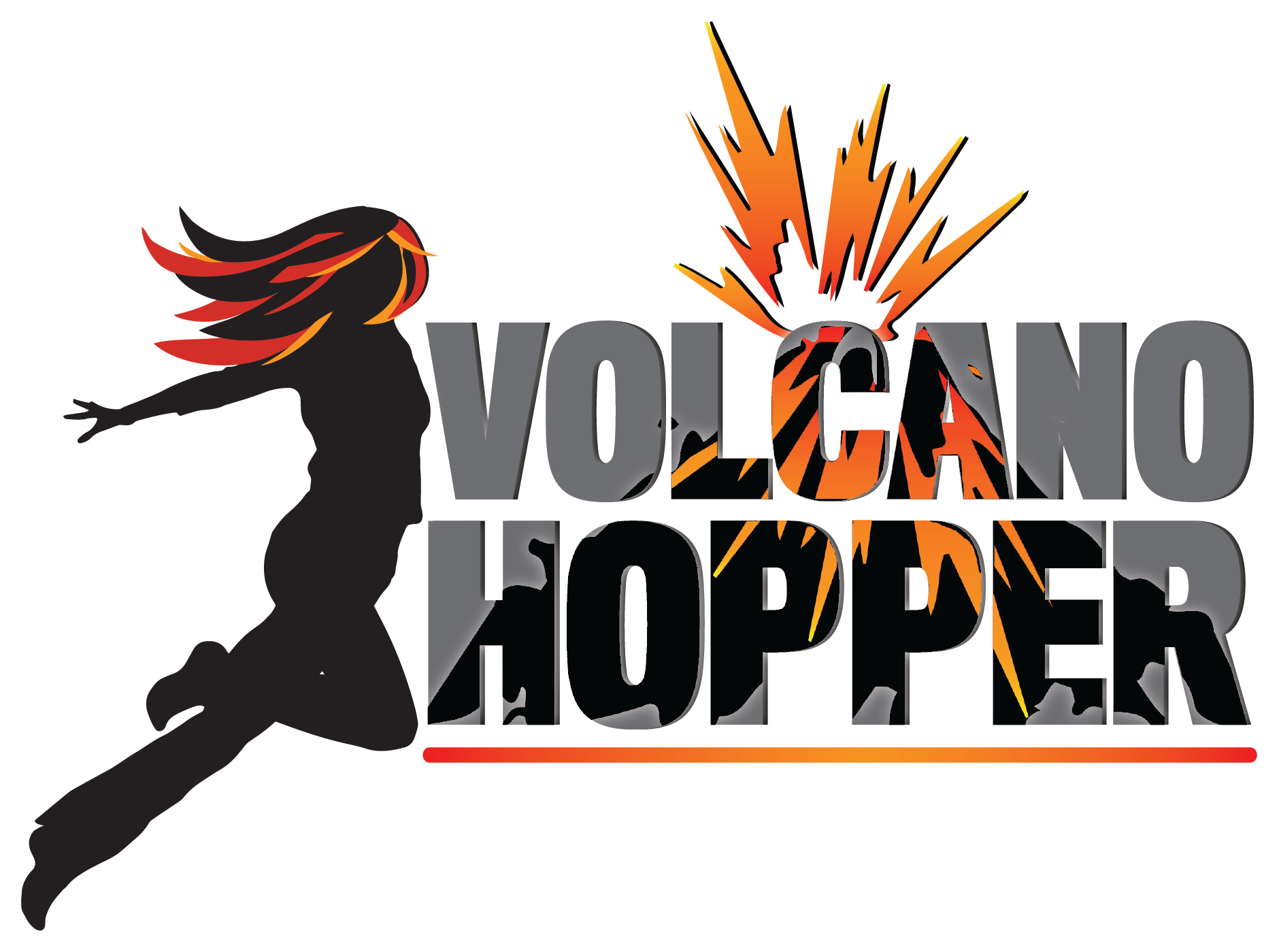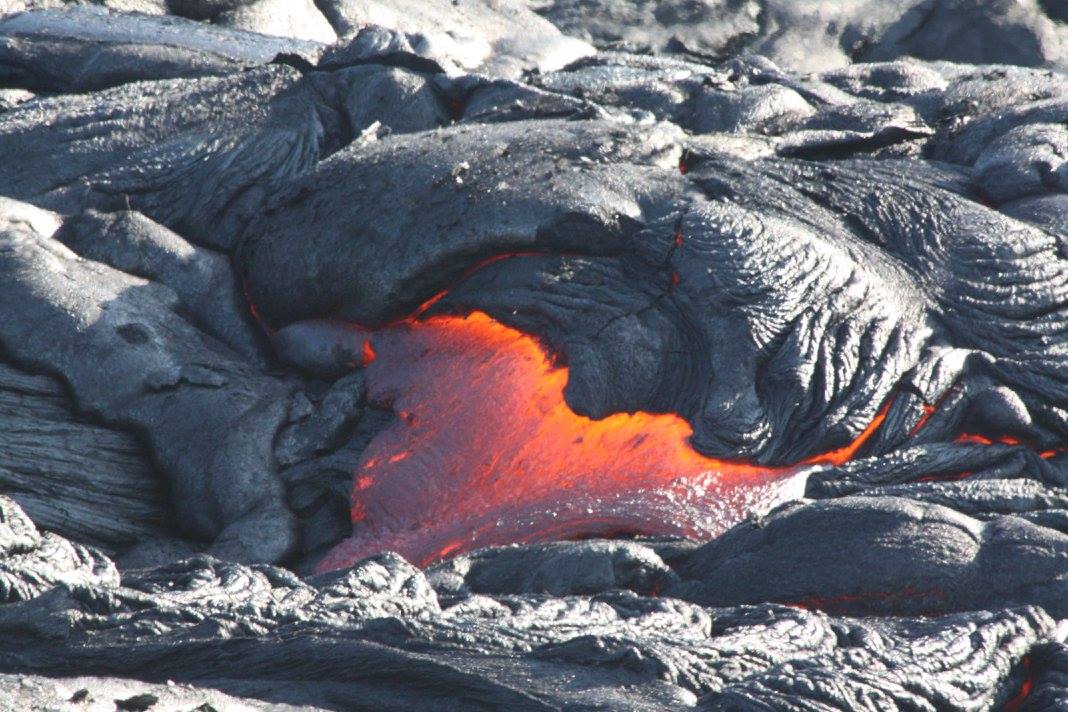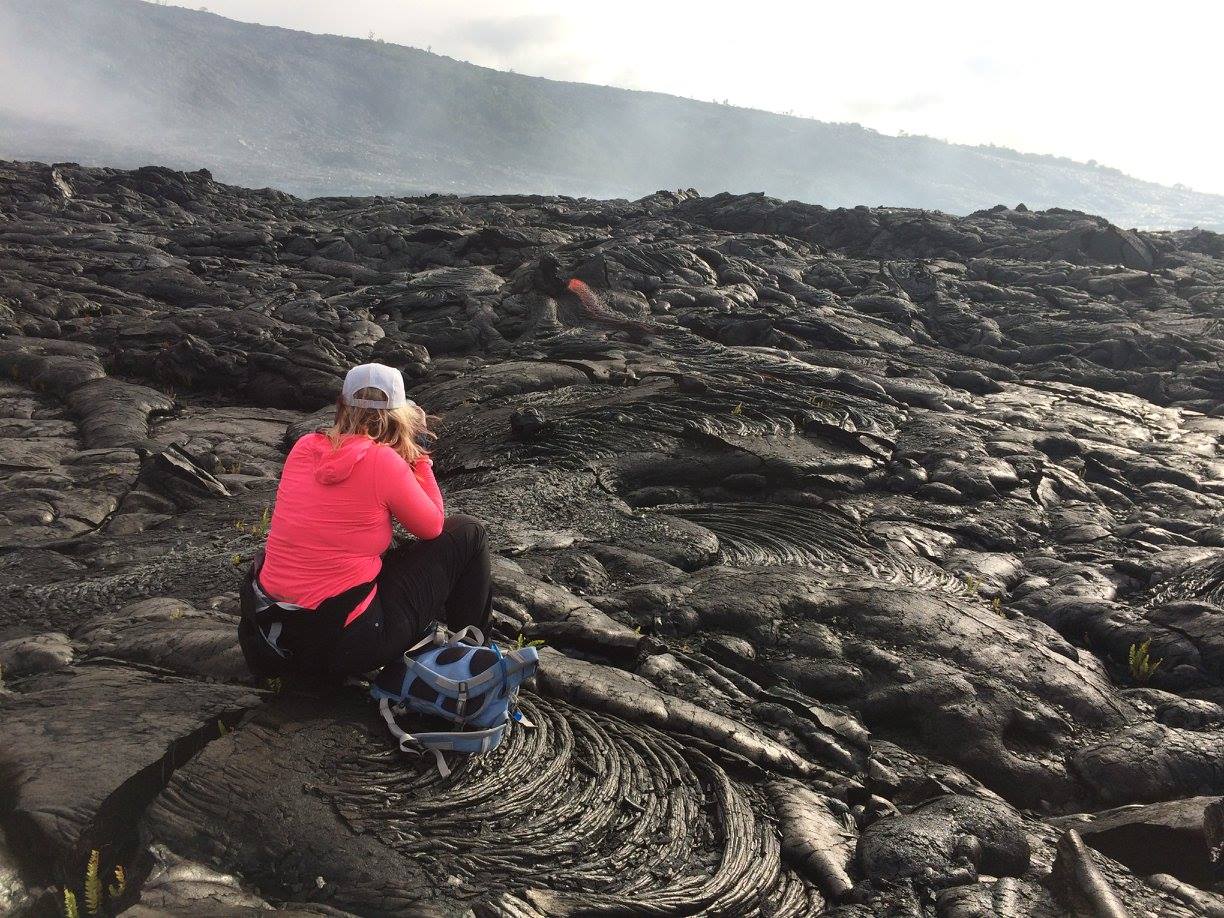Happy International Day of Volcanoes!
So, if we’re getting “technical,” April 10 is the UNOFFICIAL International Day of Volcanoes. But that’s not stopping thousands of people around the world from celebrating the wild and wonderful volcanoes that rock our world.
What’s the big deal about volcanoes anyway?
Volcanoes are freaking awesome! And for more reasons than one:
The Greatest Show on Earth
Step aside, P.T. Barnum. Volcanoes truly are the greatest show on earth. Some volcanoes send rivers of 1,500 degree molten lava cascading down their slopes in shades of red and gold. (Sometimes even blue! Yes, I’m looking at you Kawah Ijen.) Others launch boulders as big as a house into the sky within roiling pyroclastic clouds. Lava lakes churn and splash. Howling fumaroles emit gases and steam dances freely above the volcano’s slopes. There is no feeling in the world quite like watching one of these volcanoes in action. Especially if you are close enough to feel the ground vibrate beneath your feet. Volcanoes are so incredibly powerful, and some so immense you are just a speck on their slopes. But they are packed full of spunk and energy, and endless creativity.
Fertile Soil
We tend to forget that volcanoes do more than spew lava and destroy things. Volcanoes are the land builders of this planet. New islands appear all the time in the middle of the ocean, and existing ones grow. Kilauea volcano constantly adds acreage to the island of Hawaii, and a new island, Loihi, is growing offshore.
Landscapes near volcanoes can be reshapen by volcanic forces. Think of how different the terrain around Mt. St. Helens in Washington looks since the 1980 eruption changed things. And Laki has left a dramatic fissure across southern Iceland. But this constant changing landscape is not necessarily a bad thing.
Volcanic eruptions can have the same effect as forest fires, clearing out old brush and leaving space cleared for new growth. Volcanic materials, once broken down and eroded, make incredibly fertile volcanic soil. Given the right climate conditions, anything can grow, and grow extremely well. Civilizations for thousands of years have fed their people because of the soil volcanoes produced.
Need an example? Think of your favorite coffee. Chances are, it was grown on a volcano’s slopes somewhere in the world. And with every sip, you can taste the rich earthiness of the soil it was grown in. Cheers!
A Creature of Habitat
Volcanoes are also creators of fantastic habitats for all manner of creatures. My favorite example is Yellowstone. The caldera and surrounding area of this massive volcano is home to a wide array of animal and plant species, some not found anywhere else in the world. Bears, elk, moose, and wolves, just to mention a few, thrive here. But so do some of the most unexpected creatures you can imagine: thermophiles. These tiny creatures absolutely relish the bubbling hot springs and the minerals that rise from them. In a place where nothing else could possibly survive, this form of life is dominating.
Healthy and Happy
Have you ever sat back and soaked in a natural hot spring? The hot water and minerals wash away all your aches and stress as you sit watching the clouds float by. That hot spring was created by volcanic forces. Minerals harvested from volcanoes help in a plethora of heath and healing aids that we use in traditional and modern medicine. Volcanic minerals are are also used in products that we use every day.
Volcanoes also offer inspiration for the soul. They are encouragers of the human nature to explore and learn. Hikers that cover volcanic landscapes are often in for the workout of their lives, which keeps their bodies healthy and in shape. And many people are inspired to write songs, poetry, or create volcano-inspired artwork.
An Interesting Climate
Volcanoes shape the climate of Earth with every eruption. Gases emitted from volcanoes (such as carbon dioxide, sulfur dioxide, carbon monoxide, water vapor, etc.) promote the greenhouse effect on our planet, which keeps it warm and cozy. Without this continual refreshing of the atmosphere, Earth would go the way of Mars and become freezing cold and nothing could survive.
But volcanoes can also have a negative effect on the climate. A catastrophic eruption can cool the entire globe for years. The impact for humans can be disasterous. When Laki erupted in Iceland in 1783, it created a year without a summer the following year. Crops failed, disease spread. Scientists fear that even larger eruptions – such as Yellowstone or Campei Flegrei – could cause a worldwide disaster for years, even decades, if we are not prepared.
Wreaking Havoc
Volcanoes and humans have tried to co-exist for thousands of years. Unfortunately, eruptions have been the cause of many human deaths and disasters over the years. And this is where the heart of the International Day of Volcanoes proposal lies: raising awareness of volcanic hazards to help mitigate the human toll when the next eruption happens.
The International Day of Volcanoes is proposed for April 10. On April 10, 1815, Mount Tambora in Indonesia exploded, releasing a scalding hot pyroclastic flows and massive tsunamis that killed 10,000 Indonesians instantly. These people had no warning, and had no idea that such a threat existed in their backyards. Gas and ash ejected into the atmosphere circled the globe in a matter of days. Temperatures dropped. Sunlight was blocked. Crops failed, winters brutally cold, and disease ran rampant. In total, the Tambora eruption killed approximately 70,000 people.
Fast forward to today. What would happen if a volcano somewhere in the world erupted that violently? Would we be prepared? What would the human toll be?
The International Day of Volcanoes proposal seeks to answer that question by raising awareness. With raised awareness and understanding, comes better technology and more research into volcanoes and their behaviors. With better insight and technology, scientists will be able to predict eruptions further ahead of time. People living in the areas surrounding volcanoes can be educated about the dangers and what to do in the event of an eruption. We can prepare globally for the impacts of an eruption, studying climate change, and hopefully prevent famine and disease from wreaking havoc. In total, we can learn to mitigate the human impact of the wild volcanic eruptions that are certain to happen in the future.
In honor of the April 10 Mount Tambora eruption, the petition aims to have 70,000 signatures – one for each life lost in the aftermath of the eruption. You can read up on the proposal at the link below.
While you’re there, help us make the International Day of Volcanoes official! Sign the petition. Help us celebrate and raise awareness for these incredible volcanoes.
Happy Hopping!
Copyright © 2019 Volcano Hopper. All rights reserved.



Thanks for sharing this Great article
Very glad you enjoyed it! Thanks for hopping by to read it!
Il vaut la peine de lecture
Merci!